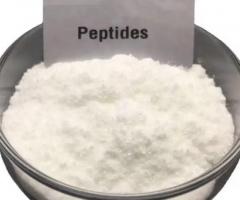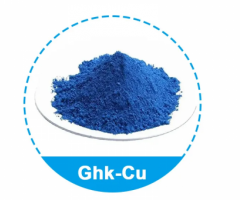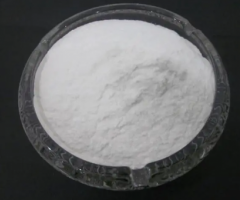Rishon supplies Artemisnini (CAS:63968-64-9),Artemisinin is derived from the Asian plant Artemisia annua. This aromatic plant has fern-like leaves and yellow flowers. For more than 2,000 years, it has been used to treat fevers. It's also an effective treatment for malaria.
Herb Information
Name: Sweet Annie
Biological Name: Artemisiae annuae
Other Names: Sweet Annie, Qing hao, artemisia annua
Parts Used: Leaves
Remedies For:
Antipyretic, antibacterial, antifungal, antimalarial .
Sweet Annie can be used for heat stroke symptoms, a wide variety of inflammatory conditions, including all kinds of fevers and for treating and preventing malaria. Can be used both topically and internally for bacterial and fungal infections. It is one of a few anti-inflammatory herbs that can be used with symptoms of wasting and yin deficiency.
Dosage: 3-9 grams
Safety:
Artemisia (Sweet Annie) should be avoided by those with diarrhea due to weak, cold spleen and stomach and by those without heat signs due to yin deficiency.
Herb Information
Name: Sweet Annie
Biological Name: Artemisiae annuae
Other Names: Sweet Annie, Qing hao, artemisia annua
Parts Used: Leaves
Remedies For:
Antipyretic, antibacterial, antifungal, antimalarial .
Sweet Annie can be used for heat stroke symptoms, a wide variety of inflammatory conditions, including all kinds of fevers and for treating and preventing malaria. Can be used both topically and internally for bacterial and fungal infections. It is one of a few anti-inflammatory herbs that can be used with symptoms of wasting and yin deficiency.
Dosage: 3-9 grams
Safety:
Artemisia (Sweet Annie) should be avoided by those with diarrhea due to weak, cold spleen and stomach and by those without heat signs due to yin deficiency.









0 Comment